Tokyo Hillside, Tokyo Riverside: Exploring the Historical City
In recent years, Tokyo became a global tourist destination as interest in the city increased in the lead-up to the planned 2020 Olympics. While the Olympic venues are concentrated in the city’s southwest and along the waterfront, Tokyo’s historical center and the roots of its urban culture are located in the northeast of the city, in an area stretching from Nihonbashi north through Kanda and Akihabara toward Ueno and Yanaka, and eastward to Asakusa. This area remains home to a wide range of unique historical and cultural heritage. This course offers an introduction to Tokyo’s urban history as Prof. Yoshimi explores northeast Tokyo by foot and boat in two sections: Tokyo Hillside and Tokyo Riverside. Visiting lesser-known historical places that have endured Tokyo’s modern transformation, this course will provide participants a different perspective on Tokyo when visiting for tourism, study, or work. Prof. Yoshimi proposes a method of geo-history that examines the city’s history in the context of its topography and social geography. Both the Hillside and Riverside sections focus on the spatial changes that took place as Tokyo underwent modernization. In particular, the course focuses on how the experience of three military occupations impacted Tokyo’s historical development. The first occupation was at the end of the 16th century, when Tokugawa Ieyasu established a new regime in Edo (modern-day Tokyo). The second was in the late 19th century, when the forces of the new imperial army arrived from Kyoto in the west. The third was the occupation by the American military that began in 1945 and preceded the rapid urban development of the 1950s and 1960s. The lectures will explain how the hillside and riverside areas were impacted by these occupations and underwent urban changes as a result.
Supported Language(s): English
Instructor(s)
Instructors' Voices
In this course, you will learn about:
- Areas that provide deeper historical knowledge of Tokyo
- The historical development of Tokyo as a city
- Sociological methods for analyzing urban space and history
- Fundamental knowledge and methodology to think about cities from historical, geographic, sociological, architectural, urban planning, or cultural policy perspectives
Learners' Statistics
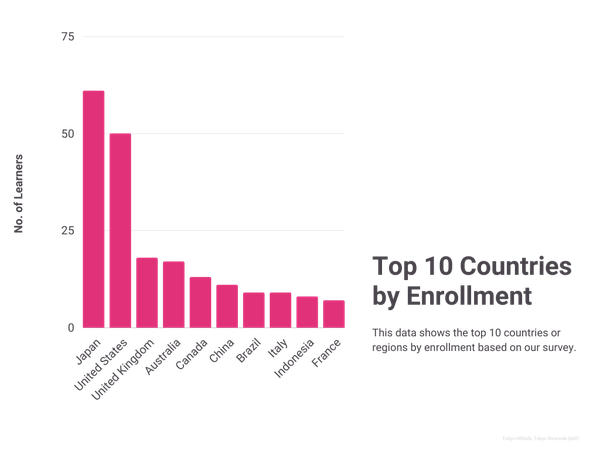
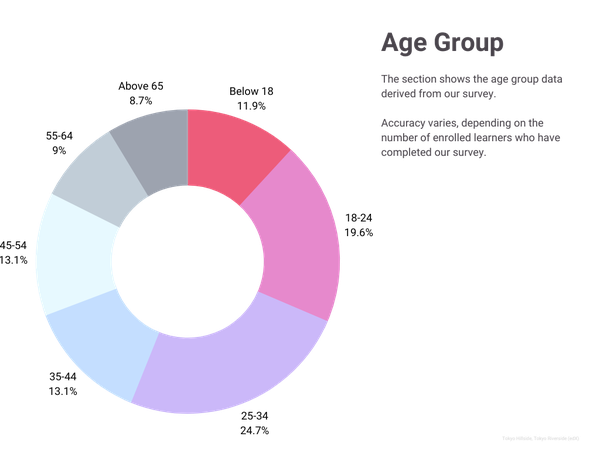
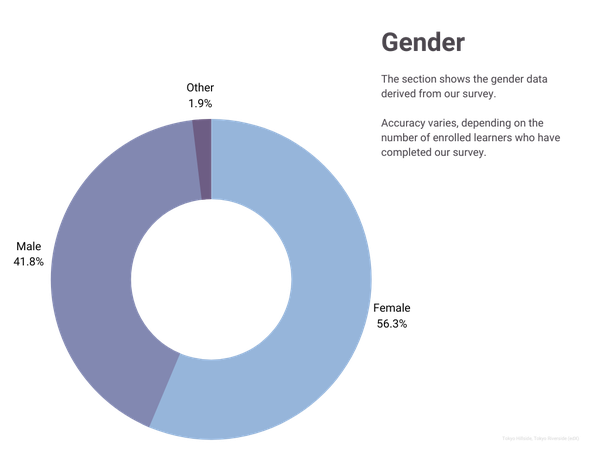
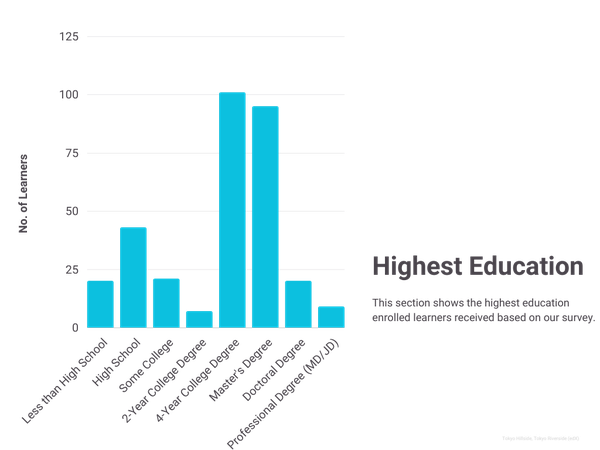
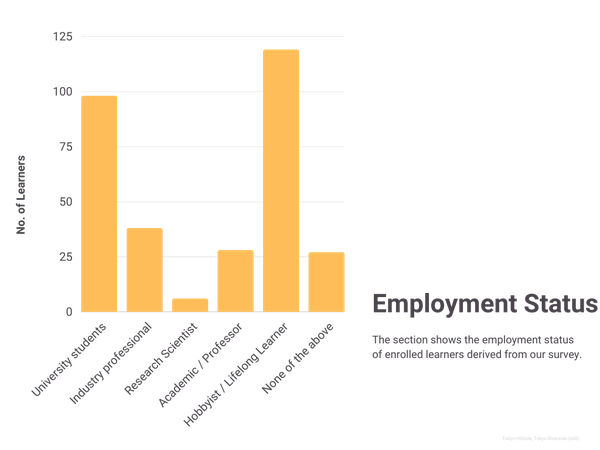

Learners' Voices
-
Student A
I am hoping to visit Tokyo for the first time over the next 12 months and found this course fascinating. It gave a very different viewpoint of the city and its history and development from the guide books. No suggestions for improving course, but very much enjoyed it.
-
Student B
Overall it was very engaging and because I love to learn about Far Eastern cities I extremely enjoyed this. I want to go to university in the Far East and I will use this course for my applications. I personally learned a lot about Tokyo and it was kind of like a time machine to the past since I remembered my memories of when I visited Tokyo in 2020 January, right before Corona started. I was really impressed with how many timelines existed simultaneously. It really impressed me. I think this course had no disadvantages! I wish it was longer!
-
Student C
The course was very interesting. Lived in Japan for 9 years and this time learned a lot.

